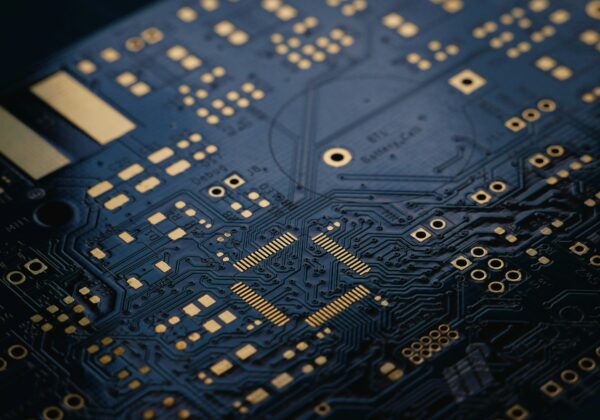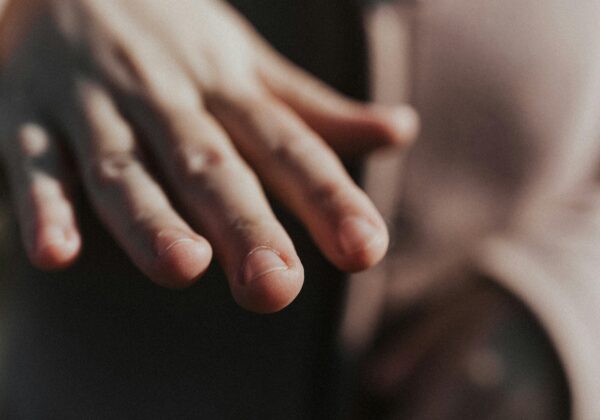In an era where digital art can be copied, modified, and redistributed with just a few clicks, tattoo artists face a growing challenge: how to protect the originality and ownership of their designs. As tattoos become not only personal statements but also collectible, artistic, and cultural assets, a surprising new technology is entering the inked world — blockchain.
The Problem of Tattoo Design Theft
Tattoo artists often share their work on social media or through online portfolios to attract clients. But with increased visibility comes the risk of unauthorized copying. Artists report seeing their signature designs replicated without credit — sometimes even by other professionals. Until recently, there was little that could be done to verify authorship or enforce design ownership in such a decentralized and personal industry.
Enter Blockchain and NFTs
Blockchain, the technology that underlies cryptocurrencies like Bitcoin and Ethereum, offers a decentralized and secure way to record information. When paired with non-fungible tokens (NFTs) — unique, verifiable digital assets — it creates a powerful new tool for tattoo artists and clients alike.
By turning tattoo designs into NFTs, artists can:
- Prove authorship with a timestamped digital certificate.
- Create limited-edition designs, offering clients exclusivity.
- Track usage and resale, especially for flash tattoos sold online.
- License or restrict the use of a design to a specific person or purpose.
Clients who buy or receive an NFT tattoo design can prove ownership, making their ink not just personal, but also digitally collectible.
Tattooing in the Web3 Era
Several pioneering artists and studios have already entered the Web3 space. For example, some tattooists are minting exclusive designs on platforms like OpenSea or Foundation, allowing buyers to own the digital rights before getting them inked. Others are using smart contracts to limit how many times a design can be tattooed worldwide.
Some studios are even offering blockchain-based tattoo certificates, linking a client’s tattoo session to a unique digital token. This can include:
- Artist’s name and signature
- Date and location of the tattoo
- High-resolution image of the final piece
- Optional authentication by the studio
Legal and Ethical Considerations
While blockchain offers powerful tools for transparency and ownership, it also raises new questions:
- Does owning the NFT give someone the right to reproduce the tattoo elsewhere?
- Can an artist stop others from replicating a tattoo if they didn’t mint it as an NFT?
- How will traditional copyright laws apply to body art tied to blockchain?
These are important conversations that the tattoo industry — like many other creative fields — will need to explore as technology evolves.
Looking Ahead: Tattoos as Digital Identity
Beyond ownership and authenticity, blockchain tattoos may one day connect with other emerging technologies like digital identity, virtual reality, and even metaverse avatars. Imagine a world where your tattoo is not only inked on your skin, but also part of your verified digital presence.
Blockchain is more than just a buzzword — it’s a tool that has the potential to redefine how tattoo designs are created, owned, and protected. For artists, it offers a new level of control and recognition. For clients, it creates a deeper and more secure connection to the art they wear for life. As tattoo culture continues to evolve, the fusion of ink and tech is just getting started.



